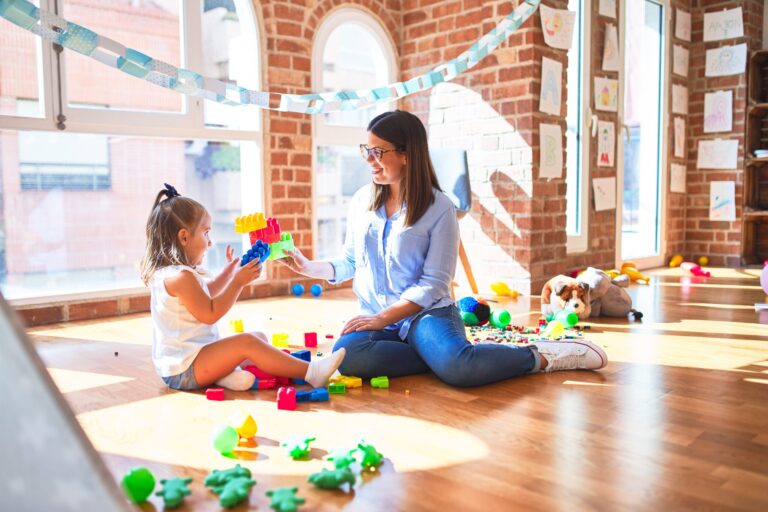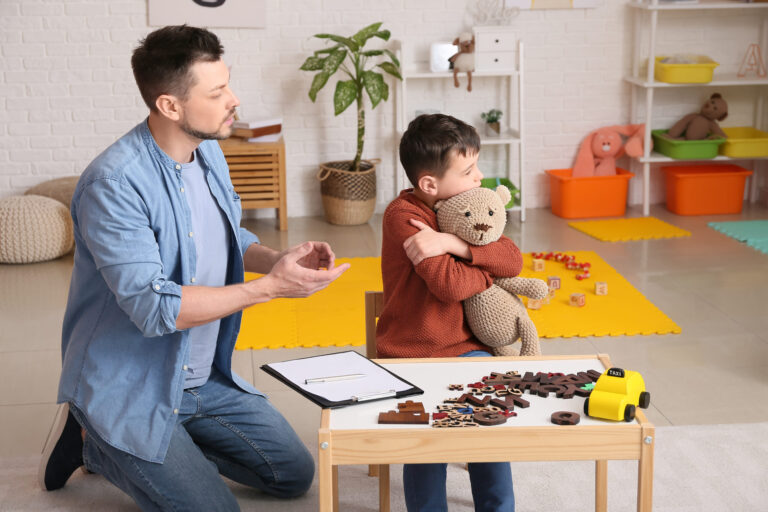
What are The Four Functions of Behavior?
Every action has a purpose. In Applied Behavior Analysis (ABA) that purpose is called a

Every action has a purpose. In Applied Behavior Analysis (ABA) that purpose is called a

Most children with ASD have difficulty with transitions and unexpected changes in routines. Schedules help

In today’s discussion we will talk about what pairing is, how to pair, why it

Next up in our Parent Training series, we will be discussing the Power of Words:

This week in our Parent Training series, we will be exploring different principles of reinforcement.

If your child is facing challenges in school or has received a diagnosis from a

As a parent of a child with autism spectrum disorder (ASD), finding effective therapies that

Crisis situations can be challenging for any parent, but for parents of children with autism

Sleep issues are common among children with autism spectrum disorder (ASD), affecting up to 80%

Feeding problems are common in children with autism, and they can be a significant source




